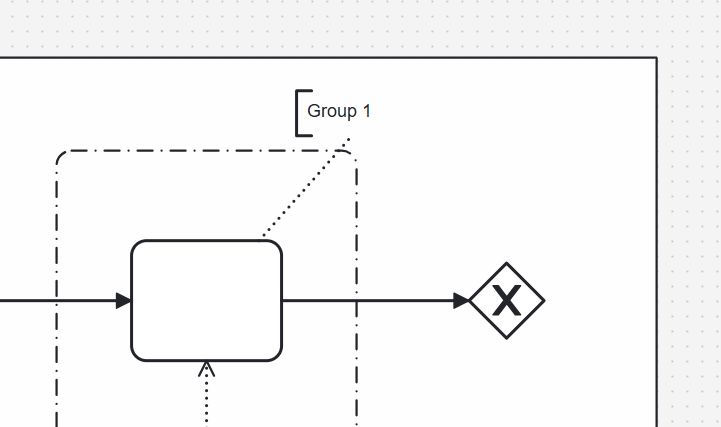ITIL Service Desk Function: The Core of ITIL Service Operation
When it comes to ITIL Service Operation, the Service Desk is the heart of the action. It acts as the single point of contact for IT users. Think of it as the hub where incidents, requests, and service updates all converge. In this post, I’ll walk you through the essentials of the ITIL Service Desk.




















